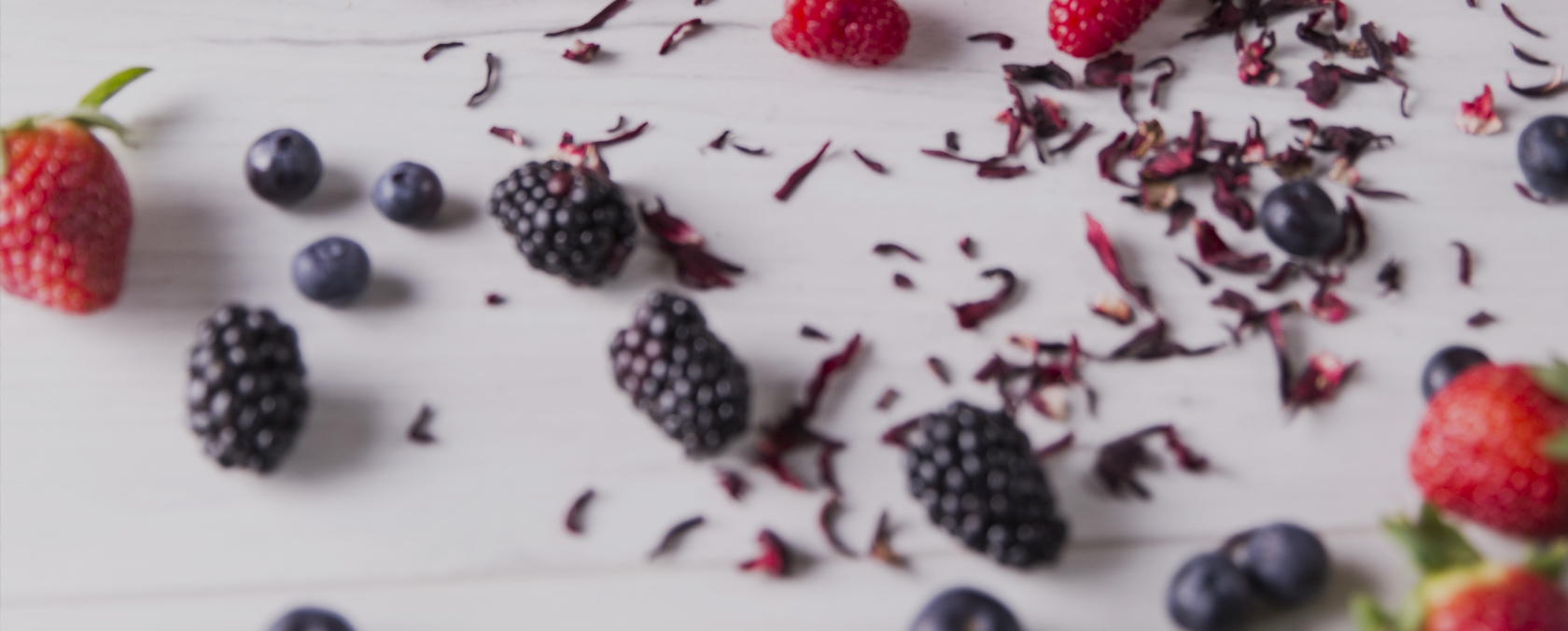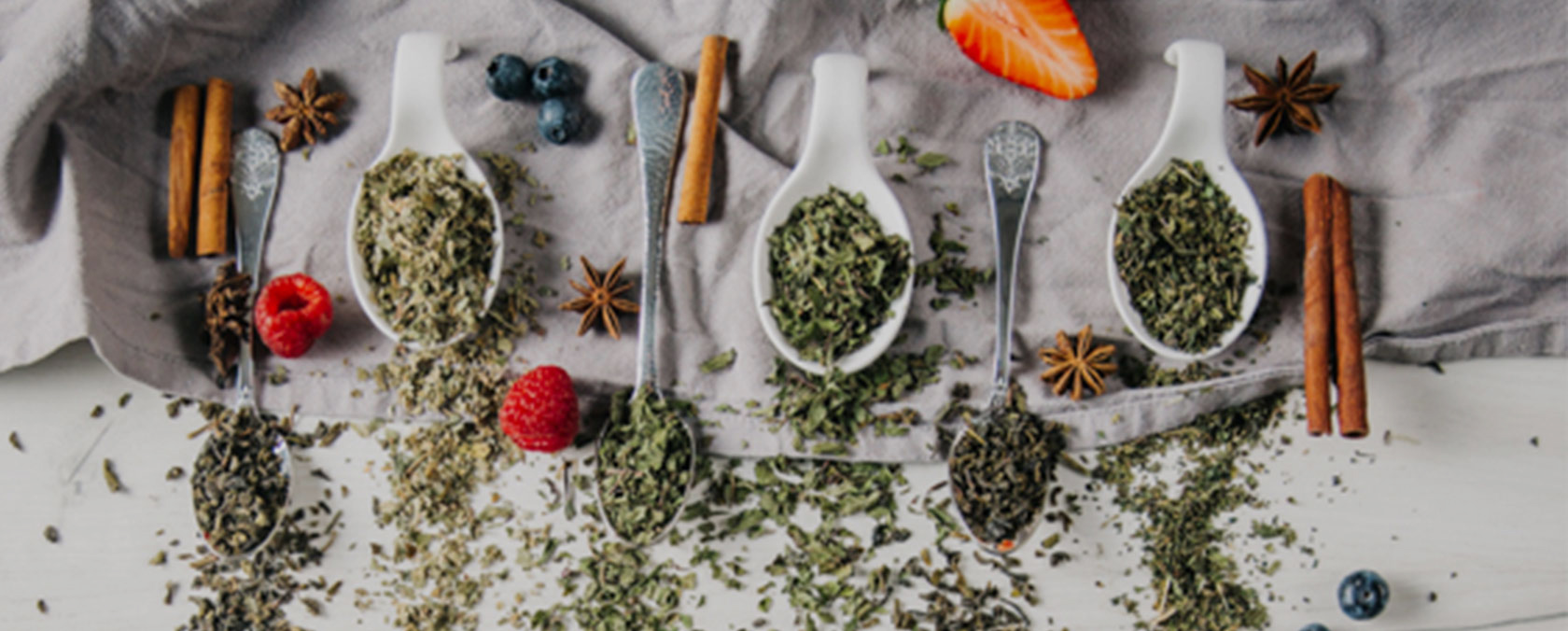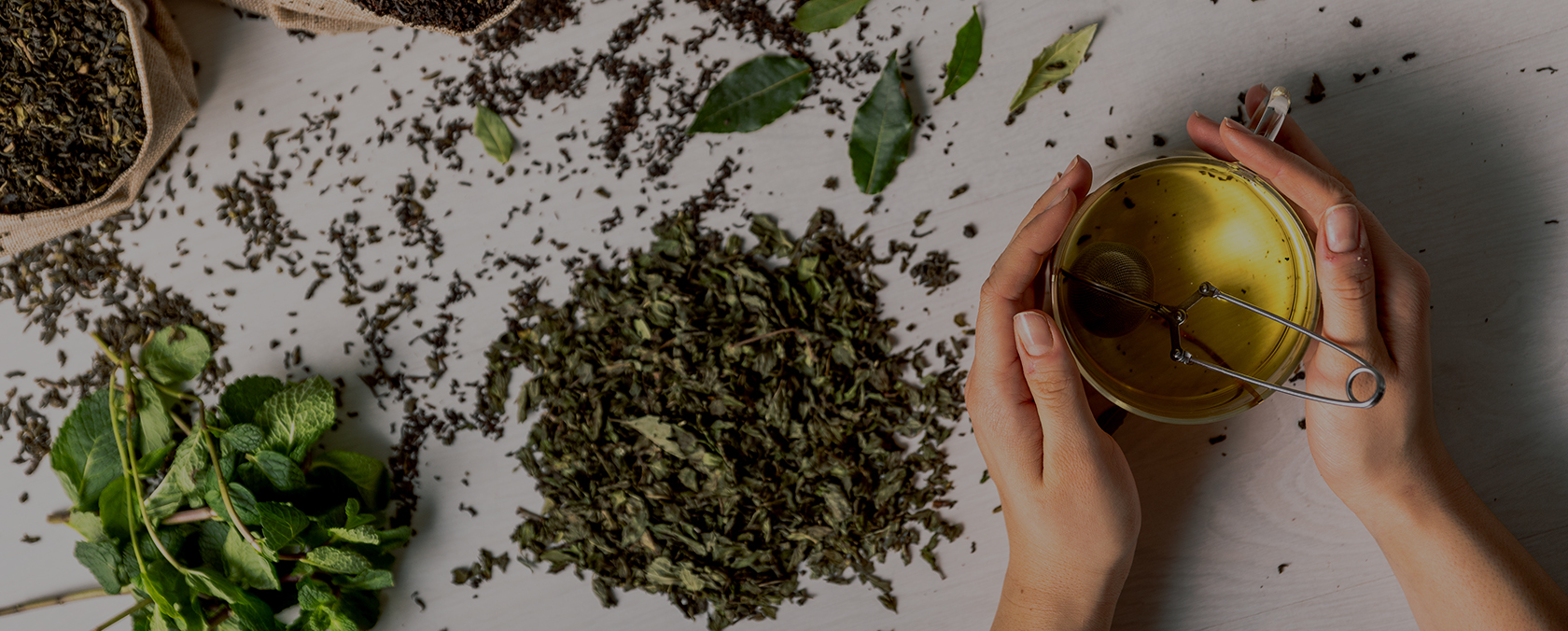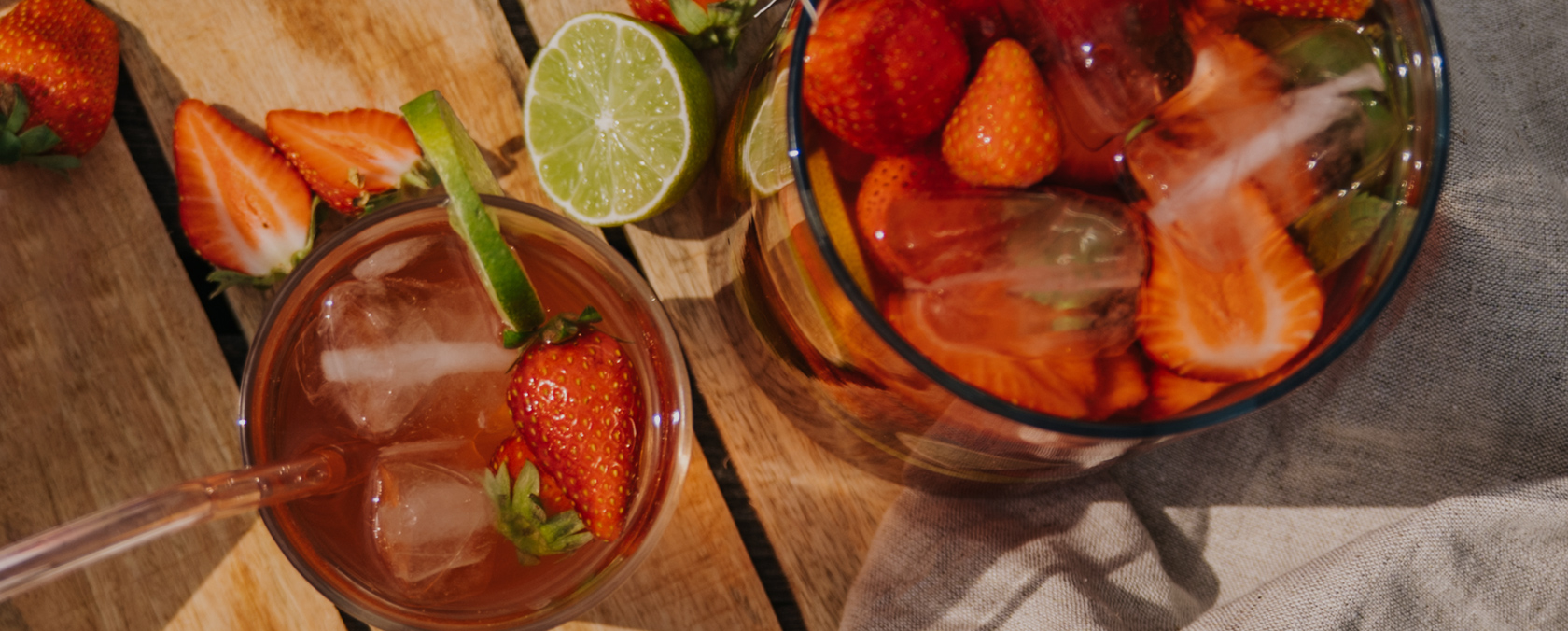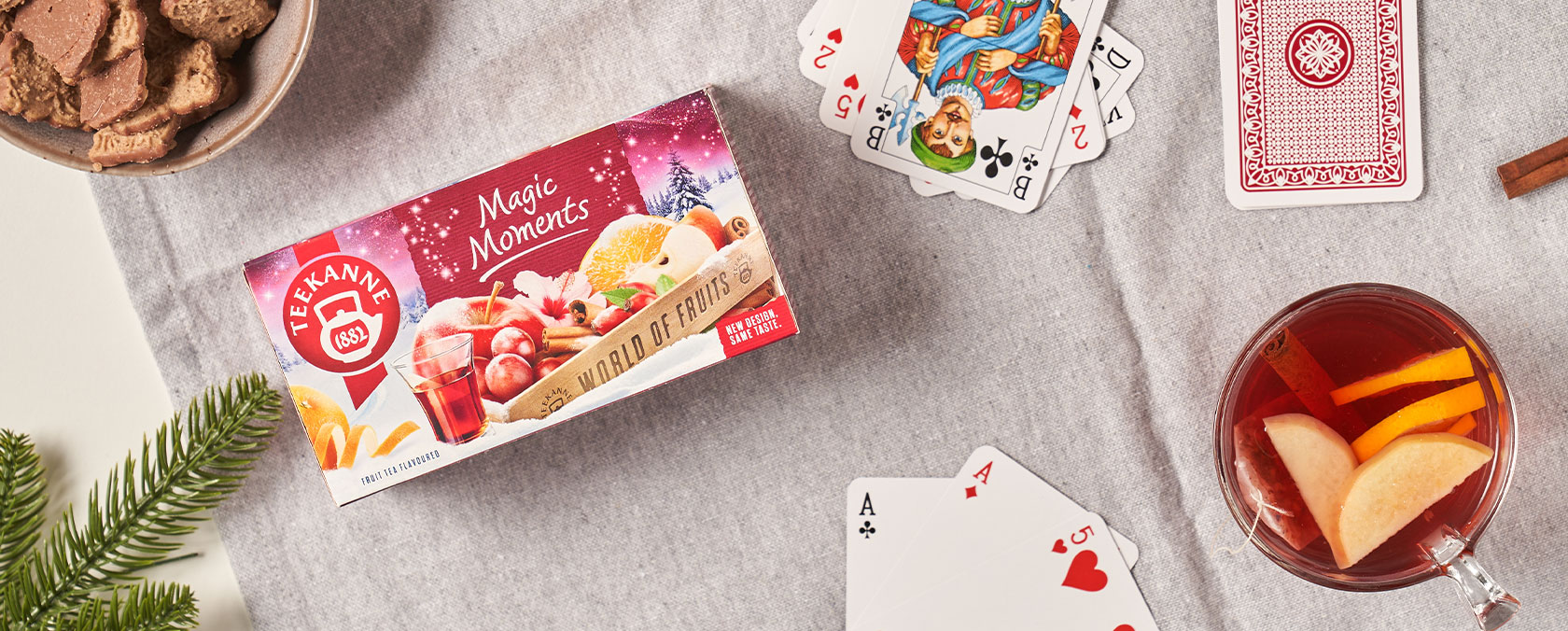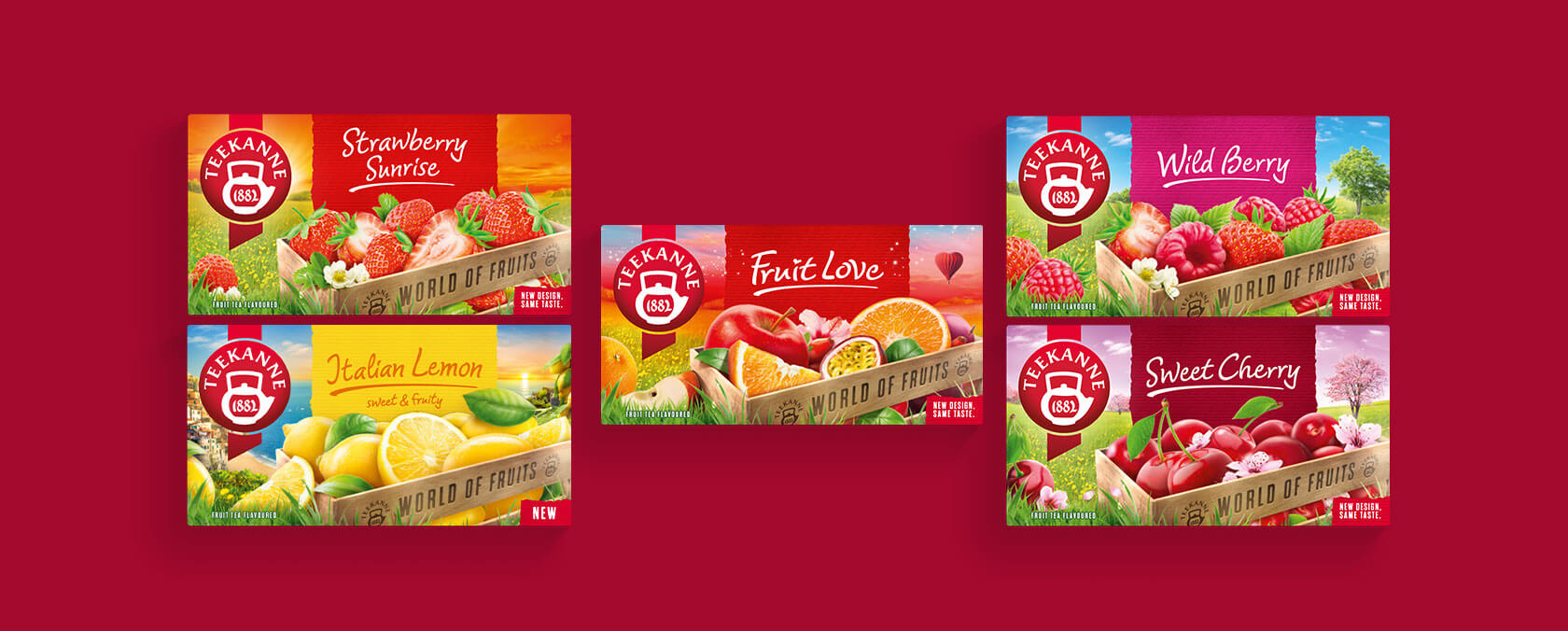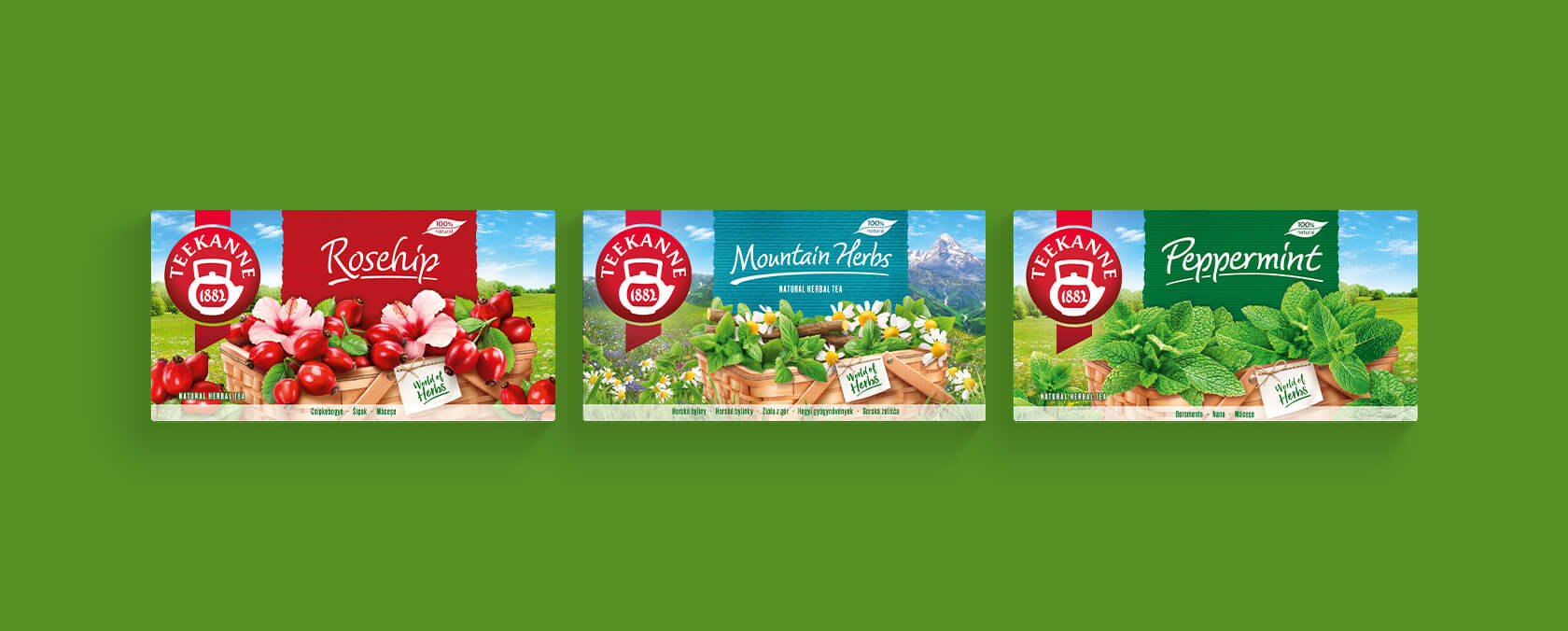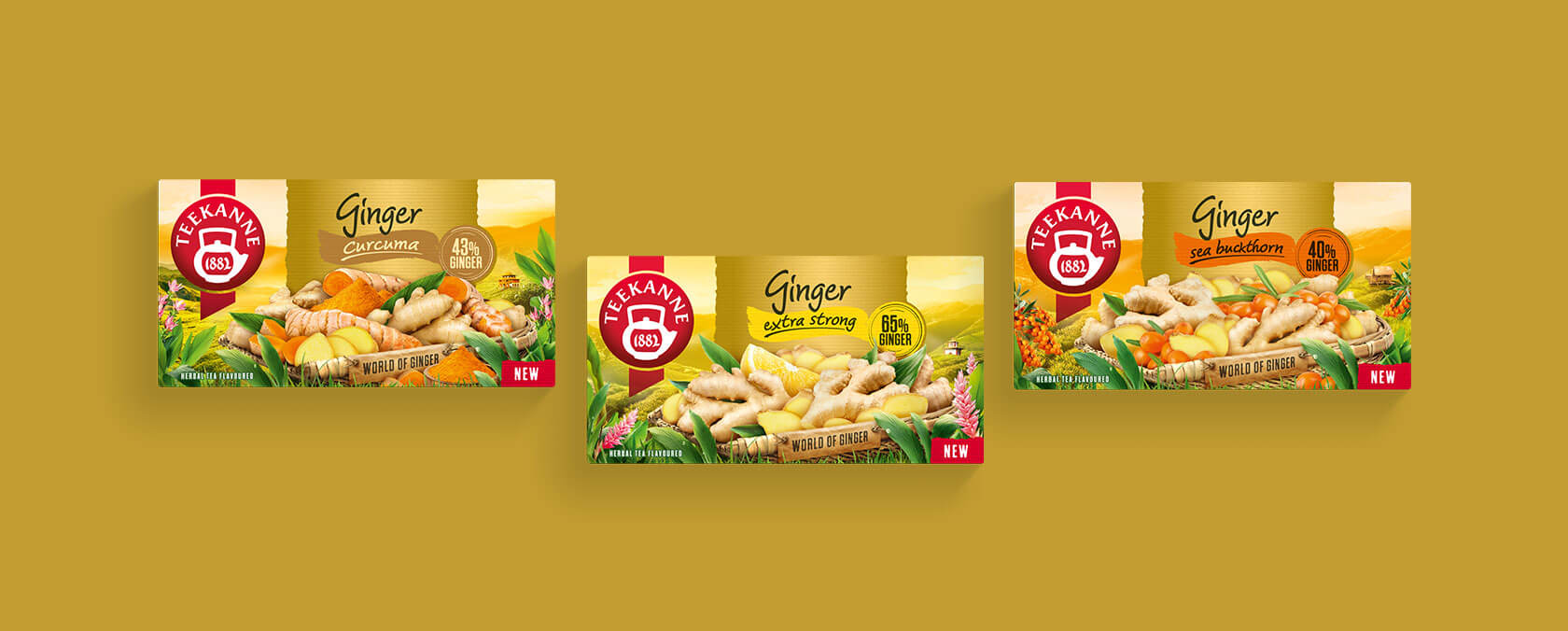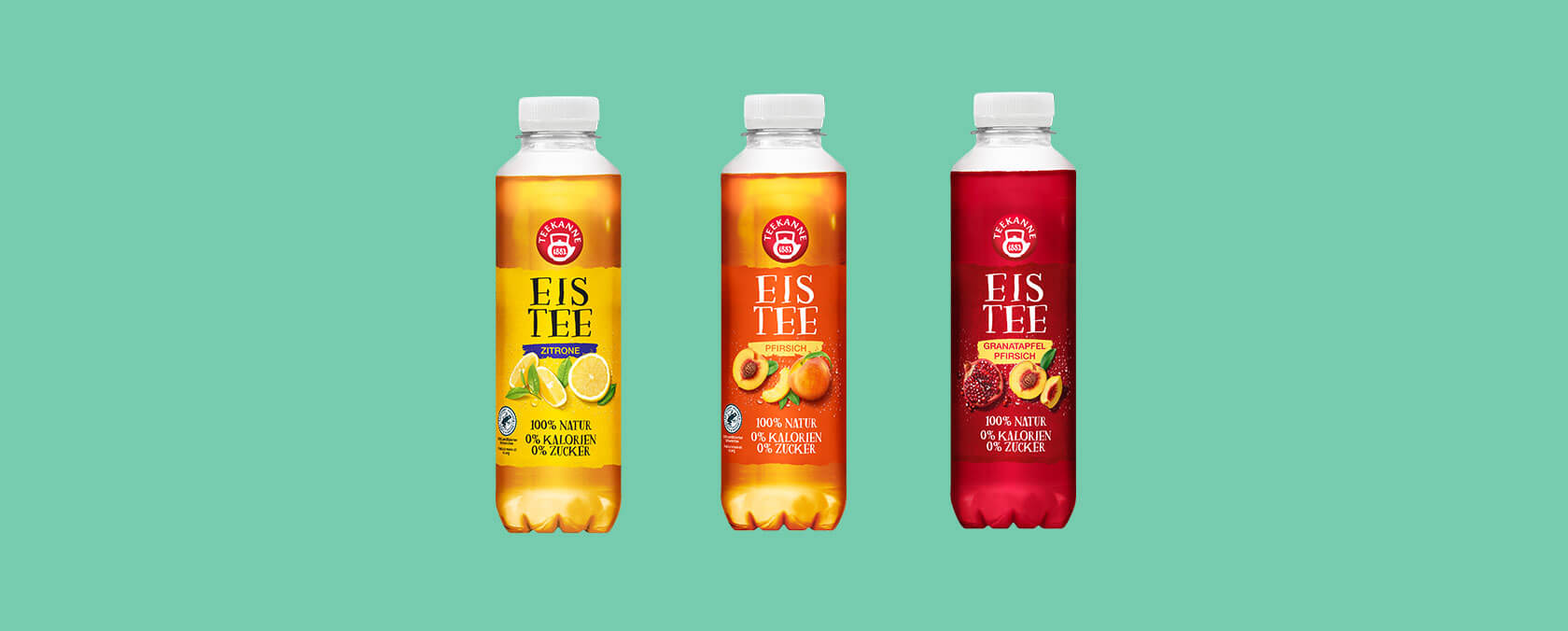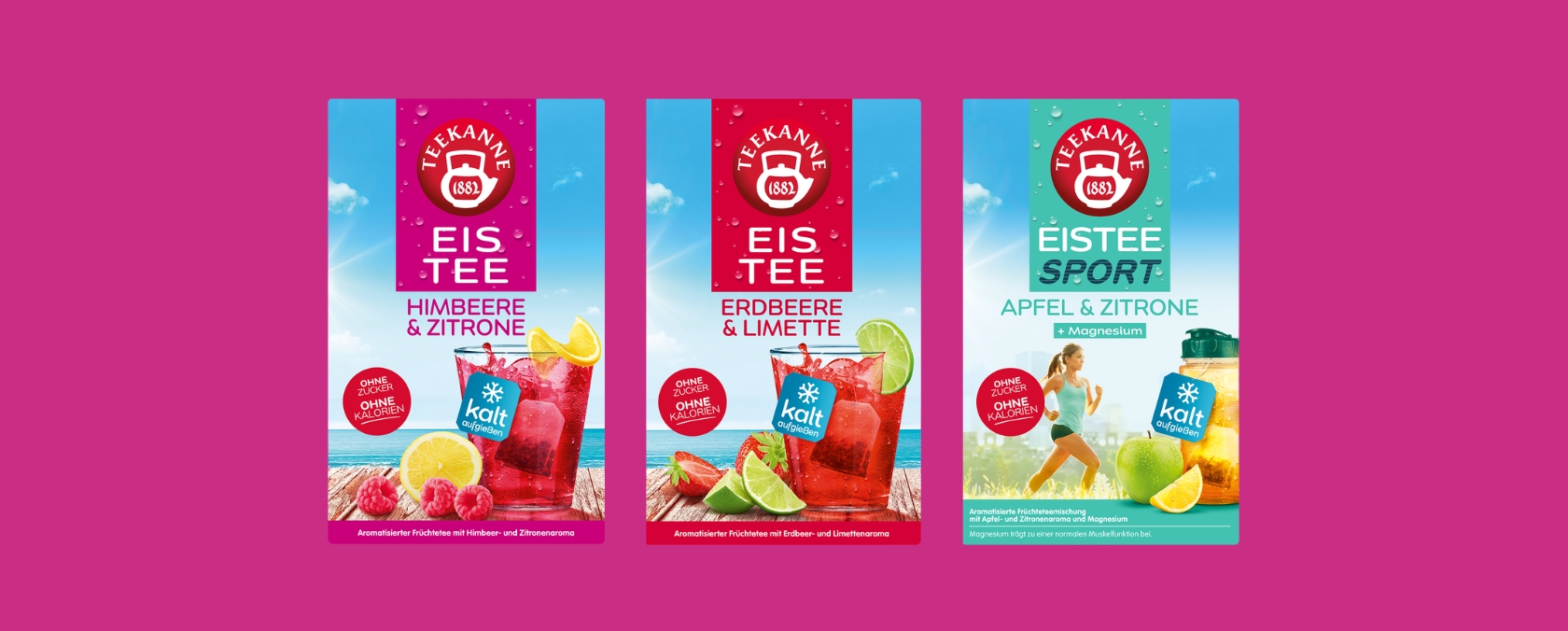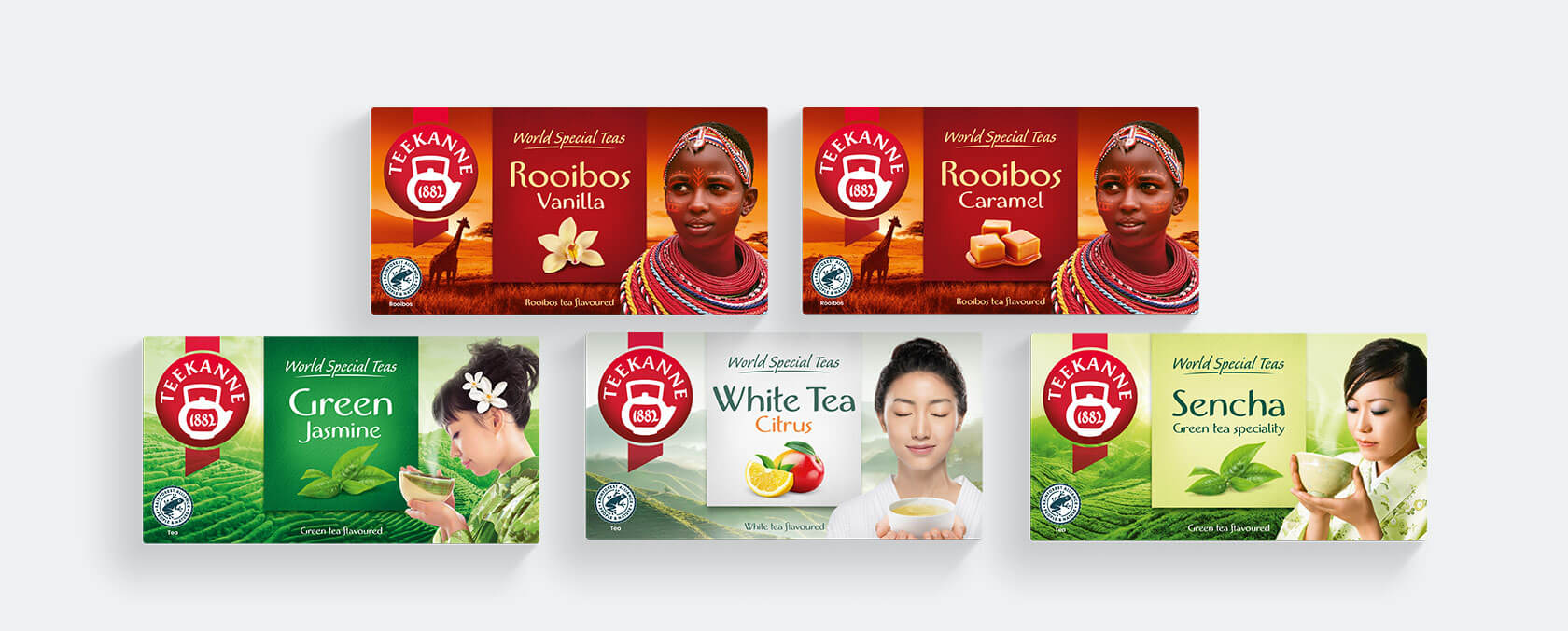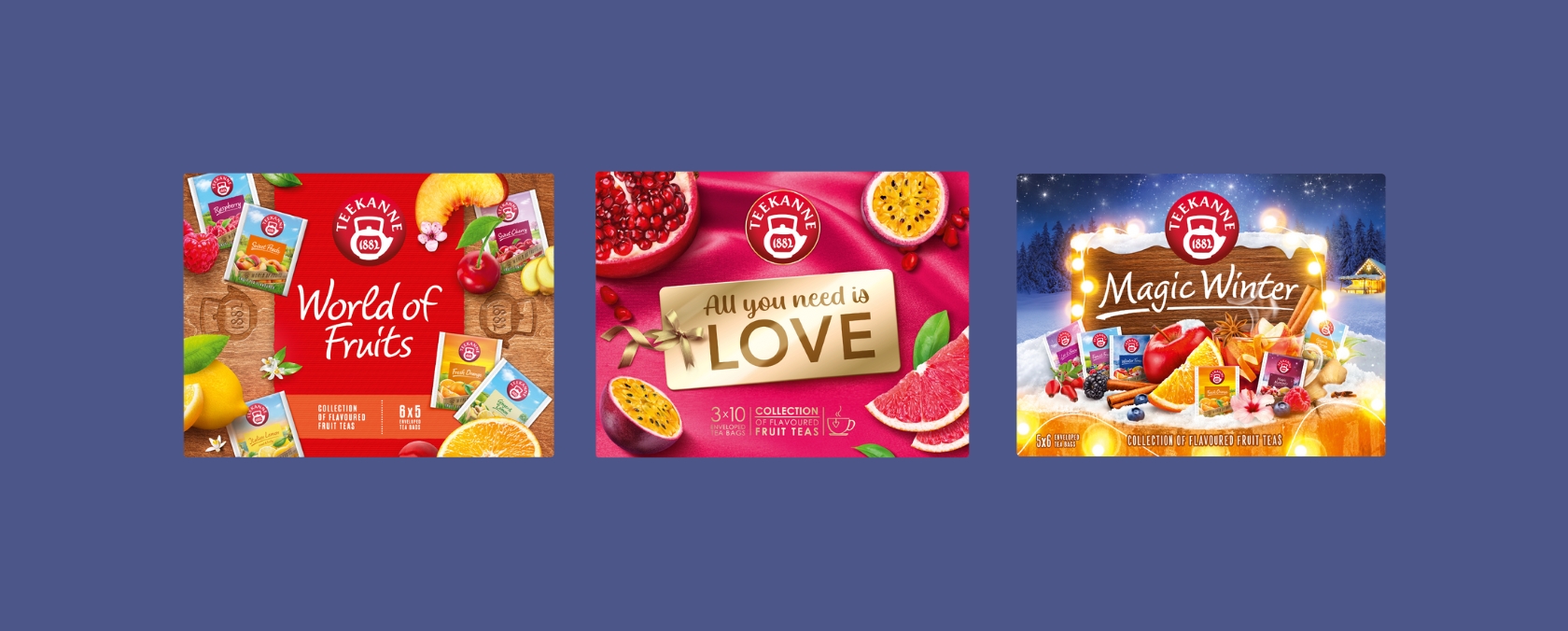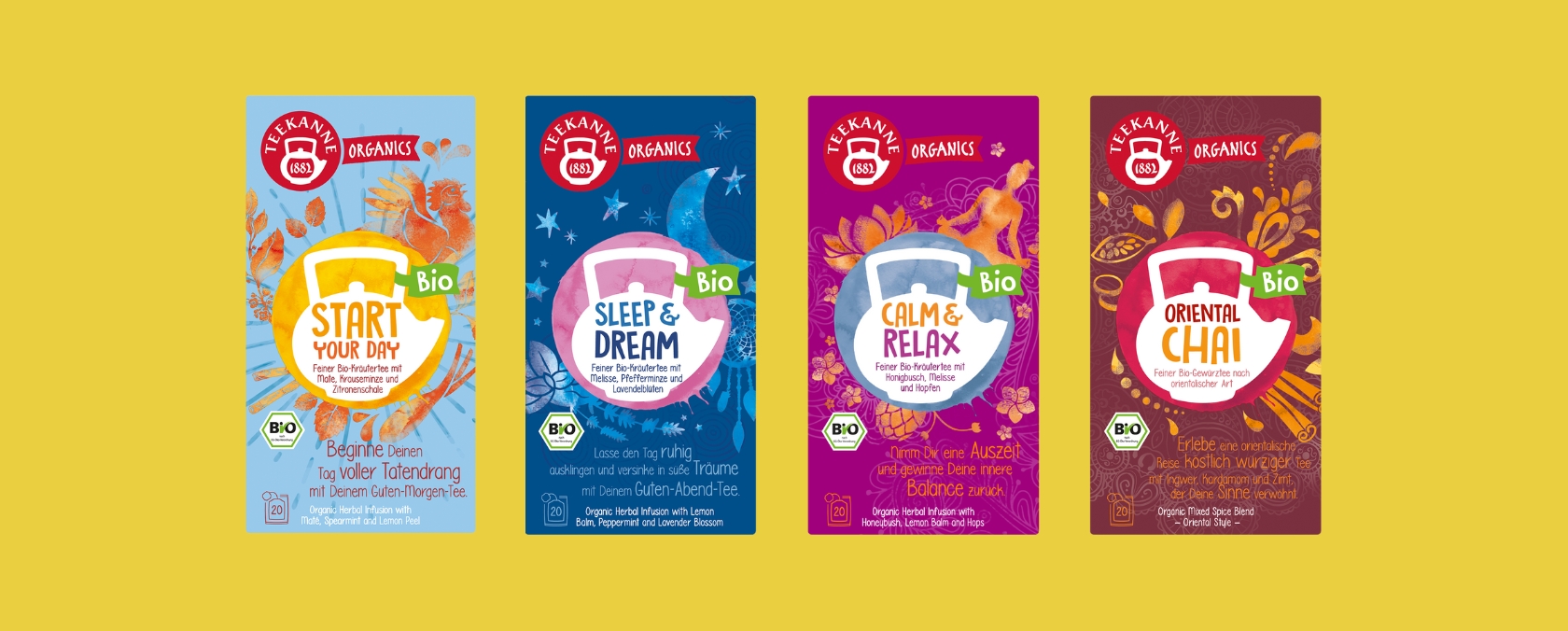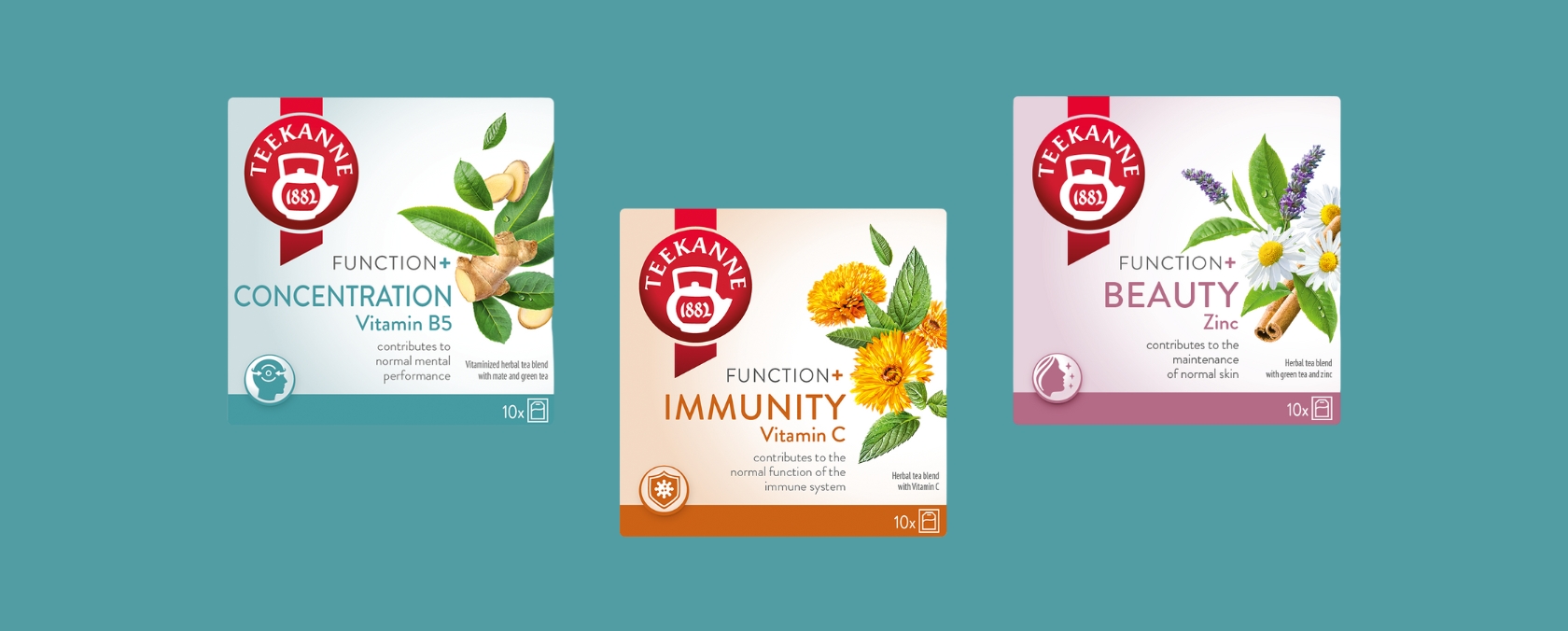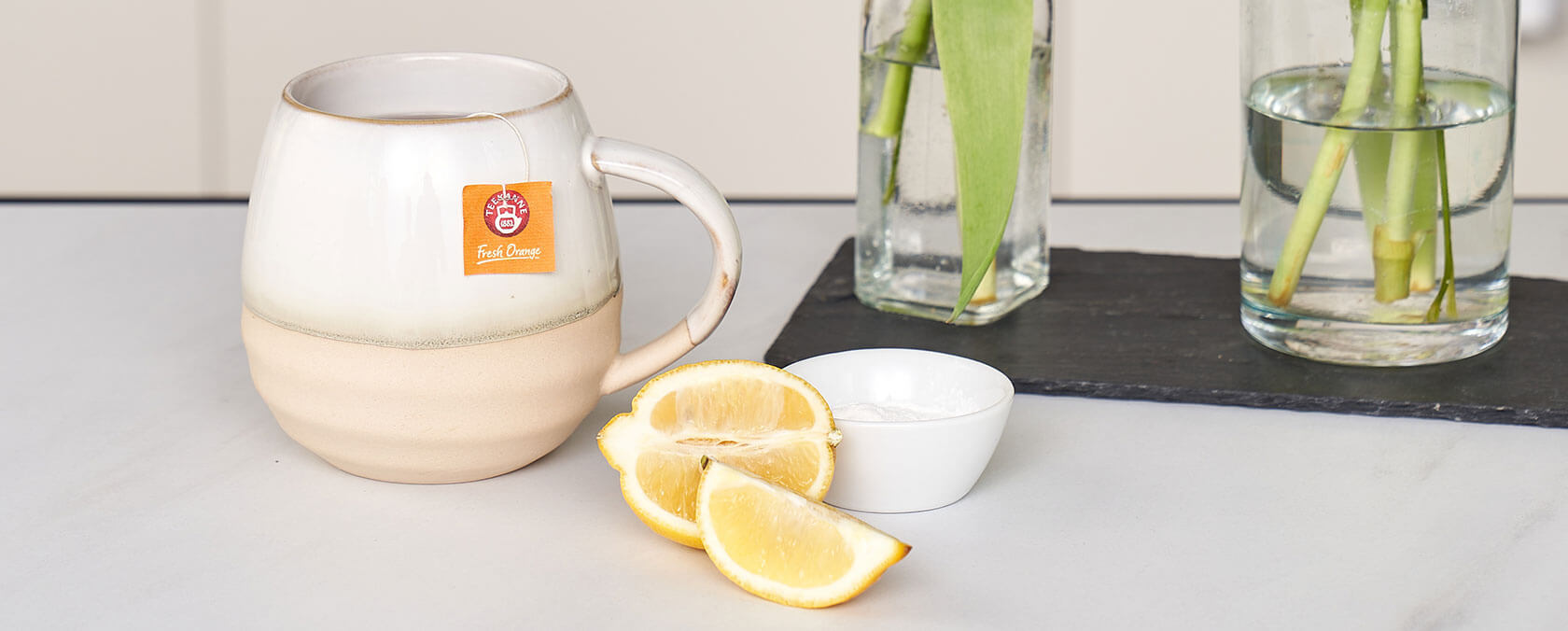All about tea
FAQ
All foods aside from mineral and tap water generally have a certain calorific value, and provide the body with energy. However, the calorific value varies widely depending on the specific food, and is also very different depending on the tea variety. This is because each food contains different amounts of protein, carbohydrates and fats as well as alcohol and organic acids, all of which need to be taken into account when calculating the energy content.
Because our herbal teas and fruit teas consist of mixtures of many different dried plant and fruit parts, the tea varieties also contain all of the nutrients from the corresponding fruits and herbs. Some of these nutrients are transferred into the water when the tea is brewed, and together with the aromatic substances in the tea give the drink its characteristic taste and a certain (very low) calorific value.
Red bush tea or rooibos or Masai tea is made from the fermented young shoots and needle-like leaves of the Asphalatus linearis, a plant indigenous to South Africa. Red bush is a member of the pea family (Leguminosae) and grows between 50 and 200 cm high.
Before fermentation, the leaves and branch tips are cut into roughly 0.5 cm pieces, moistened with water, crushed and then allowed to ferment in layers from 10 to 15 cm thick for 8 to 24 hours. During the process, the flavouring agents form, and the leaves change in colour from green to red-brown, the typical colour of red bush tea. Then, the pieces are dried in the sun for one to three days.
Red bush tea contains no caffeine, unlike black and green tea

